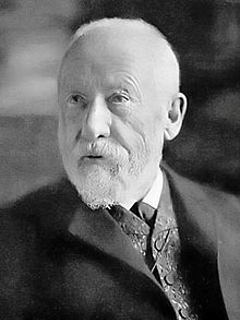
Publication details
Publisher: Springer
Place: Berlin
Year: 2010
Pages: 61-79
Series: Archimedes
ISBN (Hardback): 9789048135394
Full citation:
, "How Wilhelm Dilthey influenced popular science writing", in: Historical perspectives on Erklären and Verstehen, Berlin, Springer, 2010


How Wilhelm Dilthey influenced popular science writing
Kurd Laßwitz's "Homchen. Ein Tiermärchen aus der oberen Kreide"
pp. 61-79
in: Uljana Feest (ed), Historical perspectives on Erklären and Verstehen, Berlin, Springer, 2010Abstract
In the second half of the nineteenth century, popularization of science appeared to be a necessity of the time. Scientists and politicians discussed the pros and cons of making scientific knowledge accessible to the public. The question of how and by whom popularization should be done was a common topic in newspapers and magazines of the time. Even though museums as well as zoological and botanical gardens played an important role in disseminating knowledge, it can be said that the popularization of science basically was (and probably still is) a "language-based event".1
Cited authors
Publication details
Publisher: Springer
Place: Berlin
Year: 2010
Pages: 61-79
Series: Archimedes
ISBN (Hardback): 9789048135394
Full citation:
, "How Wilhelm Dilthey influenced popular science writing", in: Historical perspectives on Erklären and Verstehen, Berlin, Springer, 2010


